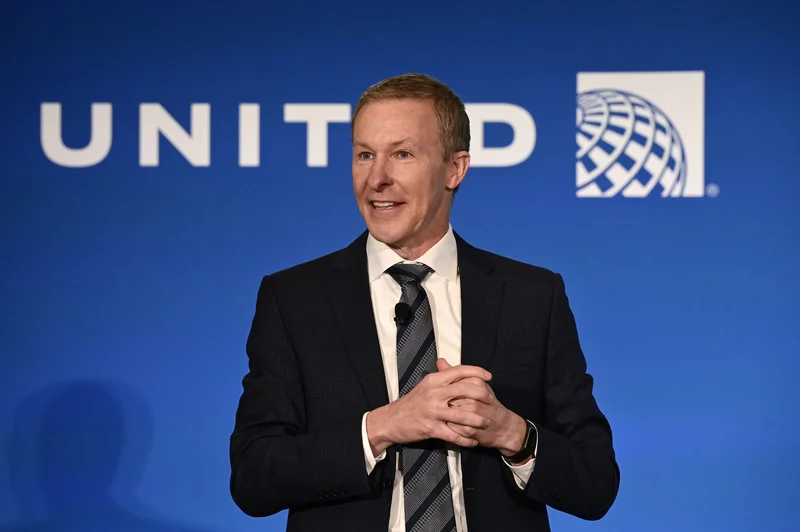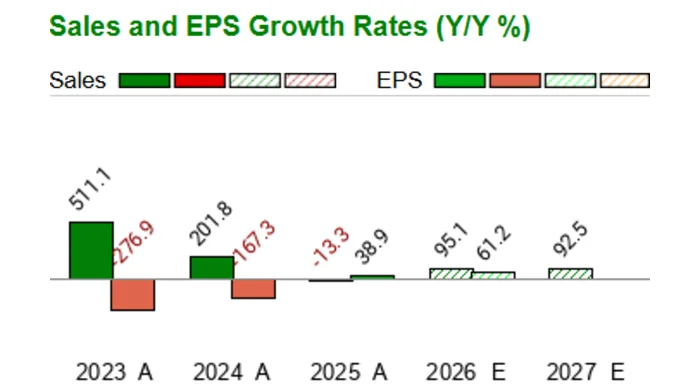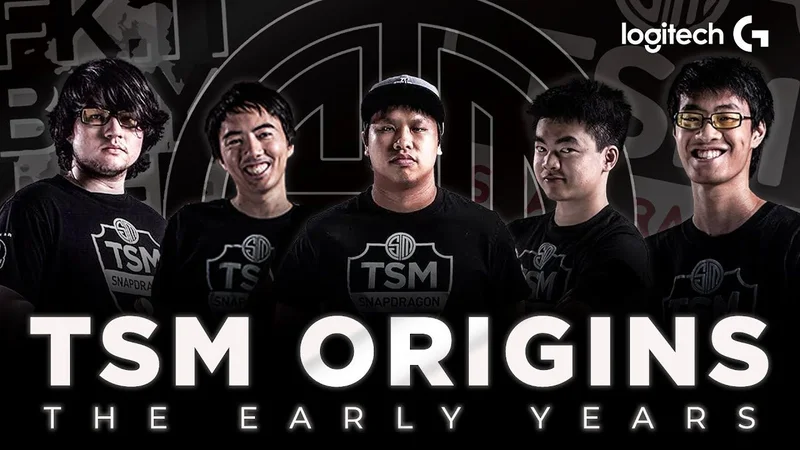United CEO Scott Kirby: What's his angle on Verizon layoffs and CDC vaccines
Scott Kirby's Two-Airline Prophecy: Data-Driven Dominance or Just High-Altitude Hype?
Scott Kirby, United Airlines' CEO, recently dropped a bombshell on the aviation industry, painting a stark future where only two premium full-service carriers—United and Delta—will dominate the U.S. market. His pronouncements, delivered on the Airlines Confidential podcast on November 21, 2025, weren't just a casual forecast; they were a direct, no-holds-barred broadside at competitors, particularly American Airlines. Kirby asserted that everyone else would be relegated to "spill traffic," destined to shrink. It’s a bold vision, one that demands a closer look at the data underpinning such a definitive claim.
Kirby didn't mince words, describing American Airlines as strategically adrift, suffering from poor employee engagement, and having effectively "surrendered competitive relevance." He backed this with some compelling, if selectively presented, figures. American, he noted, posted a loss in Q3 2025 – a quarter typically robust for the industry – and is bleeding an estimated US$800 million annually in its Chicago O’Hare (ORD) network. United, by contrast, claims to be gaining market share at ORD, and Kirby even suggested United would be on par with Delta financially if one were to "adjust" for Newark’s operational headaches and Delta’s unique oil refinery business. This kind of numerical gymnastics (accounting for variables that conveniently level the playing field) is a classic move, and frankly, I find it genuinely puzzling how often such "adjusted" figures are presented as apples-to-apples comparisons.
Beyond the direct competitor jabs, Kirby declared the ultra-low-cost carrier (ULCC) model a "failed experiment" that "screws the customer," predicting an inevitable shake-out among discount airlines. United, meanwhile, is doubling down on premium experiences: seat-back entertainment, enhanced catering, and a fleet-wide rollout of Starlink high-speed internet – a service initially championed by JSX, a company United has invested in. The context here is crucial: a strained market grappling with escalating fuel and labor costs, creating immense pressure on those very discount carriers.

The Numbers Game and a Shifting Paradigm
Kirby's narrative isn't new; he's been pushing this "two dominant airlines" theory for years. What is new, perhaps, is the sheer force with which he’s now articulating it, coupled with United's aggressive product investments. This isn't the "spreadsheet guy" Kirby of old, the one who, at US Airways, would delay Wi-Fi investments until the data screamed an undeniable revenue loss. His philosophy, he admits, shifted after a personal epiphany in the late 1990s when he initially dismissed JetBlue’s LiveTV as a gimmick, only to concede his error after experiencing it. Former United CEO Oscar Munoz even gave him direct feedback, advising him to be more open, dispelling the perception that he was purely numbers-driven. This evolution from a strictly cost-focused analyst to a product-centric visionary is, in itself, a fascinating case study in leadership.
But how enduring are these shifts in an industry historically as predictable as a coin toss in a hurricane? American Airlines, despite Kirby's critique, isn't exactly a lightweight. It boasts powerful joint-venture hubs in London (LHR), Sydney (SYD), and Tokyo (HND). Its operations in Charlotte (CLT) and Dallas–Fort Worth (DFW) are formidable, and its dominance in Latin America via Miami (MIA) is undeniable. These aren't minor assets; they're foundational pillars. To argue that American has "surrendered competitive relevance" while holding such a strong hand feels like a significant oversight, or perhaps, a strategic dismissal. My analysis suggests that while American certainly has its challenges (employee engagement, as Scott McCartney observed, is indeed critical, as "once you lose labor, it’s over"), dismissing its inherent structural advantages seems premature.
Kirby’s aggressive stance, while applauded by some for its clarity, has also drawn criticism for arrogance. It’s a high-stakes poker game where Kirby is showing his hand early, potentially energizing competitors, complicating union negotiations, or even inviting regulatory scrutiny. History, after all, is littered with similar confident declarations that quickly unraveled. Doug Parker’s assertion that American would “never lose money again” stands as a stark reminder of aviation's inherent volatility. United’s current strategy—premium upgrades, hub growth, loyalty program expansion—is undoubtedly coordinated and long-term. But is the market truly consolidating into a duopoly, or is this merely a particularly aggressive chapter in a perpetually evolving competitive saga? And what happens when the next black swan event (a pandemic, a new fuel crisis, a disruptive technology) inevitably lands on the tarmac?
The Data's Cold Reality
Scott Kirby’s pronouncements are less a prophecy and more a declaration of intent, backed by a selective, albeit powerful, set of current performance metrics. While United’s strategic pivot to premium and its recent gains are quantifiable, the long-term "two-airline" future remains a highly speculative projection in an industry defined by its unpredictable nature. American Airlines holds significant assets that, if effectively leveraged, could quickly re-establish its competitive footing. The market isn't a fixed, binary system; it’s a dynamic ecosystem constantly reshaped by external shocks, internal strategies, and consumer preferences. Kirby's vision reflects ambition as much as reality, and to bet on its permanence would be to ignore decades of aviation's turbulent, ever-shifting landscape.
Related Articles
Adrena: What It Is, and Why It Represents a Paradigm Shift
I spend my days looking at data, searching for the patterns that signal our future. Usually, that me...
APLD Stock: AI Data Center Debt vs. Reddit's Take
Applied Digital's $2.35B Debt: Genius Move or a High-Stakes Gamble? The AI Data Center Debt Binge: A...
Oklo's Next-Gen Nuclear Power: The Breakthrough Technology & Its Vision for the Future
I was listening to the financial news the other day—a habit I keep not for stock tips, but for cultu...
TSM Stock: Price Rebounds... But Why?
The AI Hype Train is Leaving the Station, and TSMC is Selling Tickets So, TSM stock's up a bit today...
Hims Stock Surges 39%: A Data-Driven Look at the Surge
The ticker for Hims & Hers Health (HIMS) has been on a tear. A 39% surge in a single month is the ki...
Gold Price Analysis: Today's Price, Key Metrics, and the Silver Correlation
Gold's Dizzying Climb to $4,000: A Sober Look at the Numbers Behind the Hype The numbers flashing ac...





